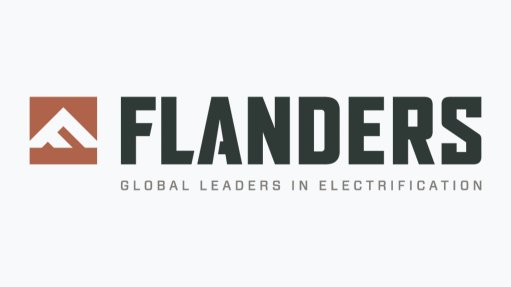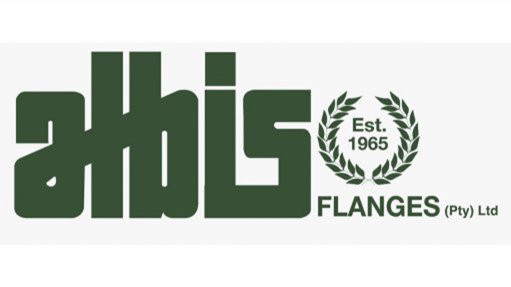Procurement problems
Given the urgency to inject new electricity into South Africa’s load-shedding-prone grid, it is crucial that the procurement rhythm for utility-scale projects be re-established and accelerated.
This rhythm was seriously disrupted in 2015, when the State-captured Eskom leadership at the time refused to sign power purchase agreements with independent power producers on the dubious basis that the utility had returned to a sustained surplus position. That proposition turned out to be false, as delays to the new-build programme combined toxically with maintenance, skills, corruption, industrial relations, and sabotage crises at the old stations to yield an energy shortfall that has made high levels of load-shedding an almost daily reality.
A recent Meridian Economics analysis demonstrates just how damaging that State-captured decision was. It shows that had an additional 5 GW of wind and solar power been built, which is equivalent to the capacity that would have typically been procured over two renewables bidding rounds, 96.5% of the load-shedding implemented in 2021 would have been eliminated.
Addressing the shortfall in the shortest possible time requires not only a massive scaling up in bid-window allocations, but also a streamlining of processes to shorten the time it takes to procure and to ensure that the projects selected are built.
South Africa’s pre-2014 record in this regard was impressive. There has been a marked deterioration, however, since the resumption of procurement under the allocations provided for by the 2019 edition of the Integrated Resource Plan.
The slump started with the so-called risk mitigation programme, which was badly designed from the outset, making life difficult for bidders and the IPP Office alike, with only three of the 11 preferred projects selected having achieved financial close to date.
A recovery was anticipated when the fifth bid window (BW5) of the renewables programme was belatedly launched in 2021, but a combination of delays relating to grid build-out costs and surging energy and project inflation left that process faltering too.
Enter BW6, which was initially expanded from 2 600 MW to 5 200 MW, but later reduced to 4 200 MW after delays to securing the regulator’s concurrence in time to increase the solar allocation from 1 000 MW to 2 000 MW.
While important lessons seem to have been learned from the BW5 difficulties, the late expansion of the round, together with ongoing grid constraints, has meant that only 23 wind bids have been submitted and these have a combined capacity only 30% above the round’s 3 200 MW wind allocation.
The upshot of this lower competition is likely to be higher prices for the first time since the launch of the renewables programme in 2011. However, given the crisis, it would be worse still if the projects were to face commercial trials similar to those that have afflicted most of the aggressively priced BW5 projects.
Fortunately, centralised procurement is no longer the only lever for adding new capacity. Nevertheless, it remains a vital one and has to be pulled if South Africa is to emerge from load-shedding sustainably.
Article Enquiry
Email Article
Save Article
Feedback
To advertise email advertising@creamermedia.co.za or click here
Press Office
Announcements
What's On
Subscribe to improve your user experience...
Option 1 (equivalent of R125 a month):
Receive a weekly copy of Creamer Media's Engineering News & Mining Weekly magazine
(print copy for those in South Africa and e-magazine for those outside of South Africa)
Receive daily email newsletters
Access to full search results
Access archive of magazine back copies
Access to Projects in Progress
Access to ONE Research Report of your choice in PDF format
Option 2 (equivalent of R375 a month):
All benefits from Option 1
PLUS
Access to Creamer Media's Research Channel Africa for ALL Research Reports, in PDF format, on various industrial and mining sectors
including Electricity; Water; Energy Transition; Hydrogen; Roads, Rail and Ports; Coal; Gold; Platinum; Battery Metals; etc.
Already a subscriber?
Forgotten your password?
Receive weekly copy of Creamer Media's Engineering News & Mining Weekly magazine (print copy for those in South Africa and e-magazine for those outside of South Africa)
➕
Recieve daily email newsletters
➕
Access to full search results
➕
Access archive of magazine back copies
➕
Access to Projects in Progress
➕
Access to ONE Research Report of your choice in PDF format
RESEARCH CHANNEL AFRICA
R4500 (equivalent of R375 a month)
SUBSCRIBEAll benefits from Option 1
➕
Access to Creamer Media's Research Channel Africa for ALL Research Reports on various industrial and mining sectors, in PDF format, including on:
Electricity
➕
Water
➕
Energy Transition
➕
Hydrogen
➕
Roads, Rail and Ports
➕
Coal
➕
Gold
➕
Platinum
➕
Battery Metals
➕
etc.
Receive all benefits from Option 1 or Option 2 delivered to numerous people at your company
➕
Multiple User names and Passwords for simultaneous log-ins
➕
Intranet integration access to all in your organisation

















